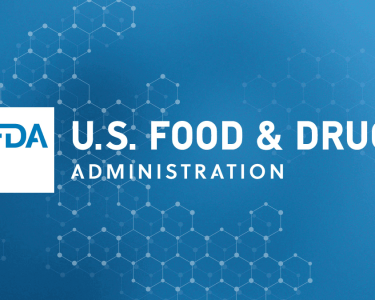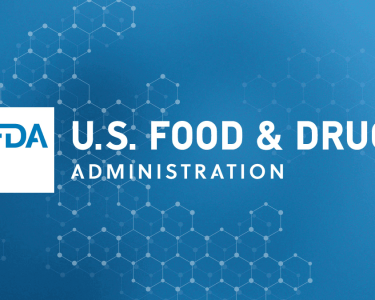
Potential biomarkers revealed by a metabolomics study were identified in racehorse urine, using chemical and biochemical orthogonal methods, for anabolic agent administration screening, with feed and bedding emerging as potential sources of these biomarkers.
ABSTRACT
Biomarker identification by mass spectrometry represents a key step in the workflow of nontargeted metabolomic studies. Given the complexity of the data, this step, which must be carried out by a trained specialist, is time-consuming, and the biomarkers discovered are not always identified. While this stage is not an obstacle to the development of new screening and classification tools, it is nonetheless crucial to a better understanding of the results obtained. For this reason, the aim of this study was to perform structural elucidation of candidate biomarkers, which had previously been displayed to screen for the administration of anabolic agents in the urine of racehorses and whose robustness had been evaluated. The present study involved a combination of various analytical strategies, including enzymatic hydrolysis, high-resolution mass spectrometry and ion mobility (LC-HRMS, LC-IMS-HRMS), and in vitro experiments. Two candidate biomarkers were identified as phase II metabolites of tebuconazole, belonging to the equine exposome. This identification opens the way to further investigations into the relationship between the presence of this compound and its disruption in horse urine following anabolic agent administration. Overall, the use of orthogonal approaches provided better complementary information on the structure of the compound and ultimately enabled us to identify biomarkers with the highest possible level of confidence.



